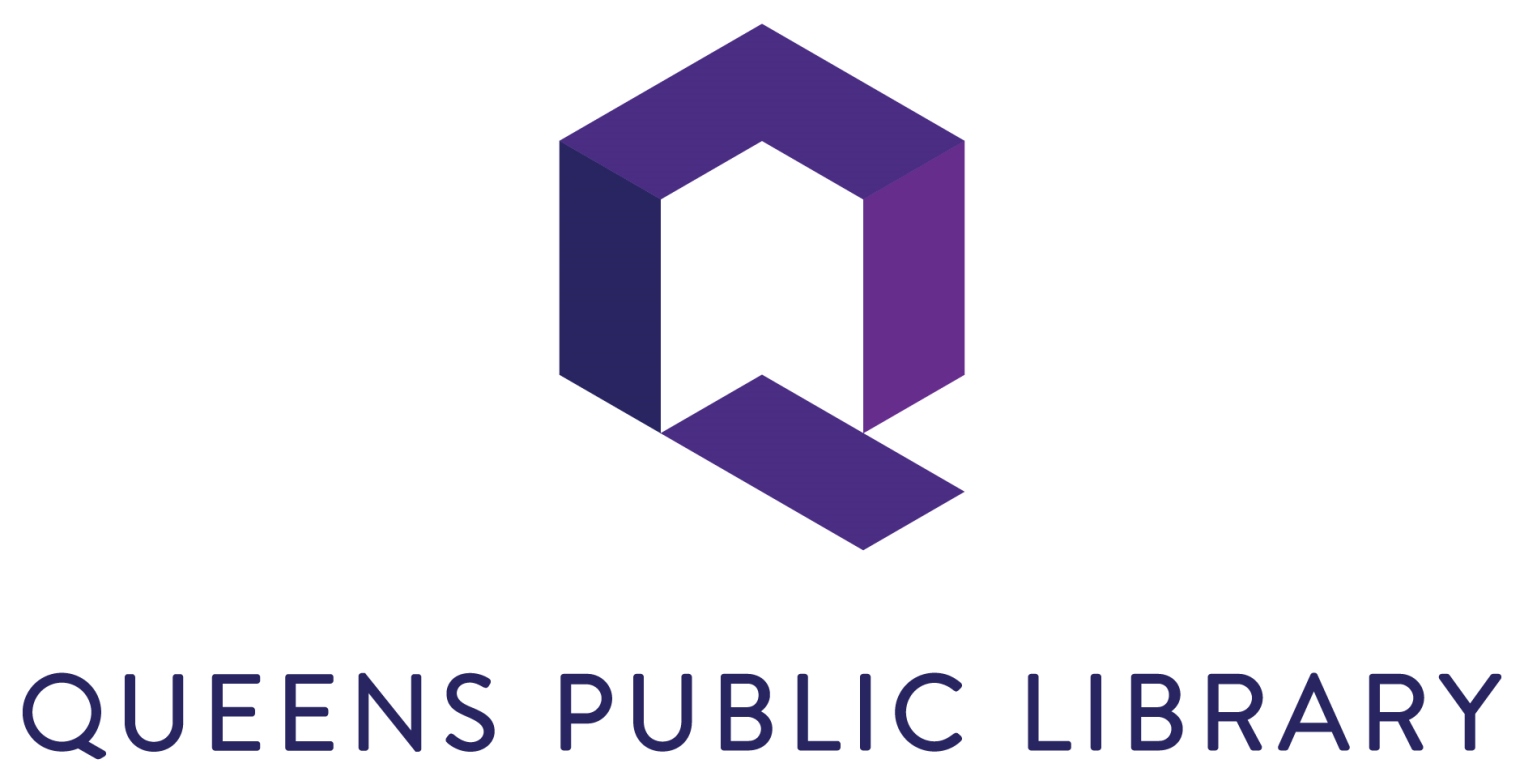Challenge
Provide faster and more reliable services to employees and reduce fulfillment costs by replacing cumbersome paper-based processes.

Results
- Saved $120,000 in IT labor costs over three years.
- Decreased submission request time from one day to one minute.
- Cut request completion time from four to five days to one day.
- Increased accuracy of user account requests from 75 percent to 98 percent.
- Reduced average request approval time from four days to three hours.
- Improved overall employee satisfaction with IT rating from 80 percent to 95 percent.
Enabling Technology
Kinetic Request portal and Kinetic Task automation engine
Background
Queens Library is one of the largest circulating libraries in the United States, with about 1,000 full-time employees spread across 62 locations in the borough of Queens, N.Y., serving 2.3 million customers each year. Nearly 11.2 million people walk through the doors, and library staff answer nearly 4.4 million reference inquiries every year.
In 2010, Queens Library was using a combination of paper and email processes, with service requests submitted via interoffice mail or in person. Internal frustrations were growing as IT service requests were being lost or taking days to complete. Many requests were never received or resolved by IT regardless of the submission accuracy.
According to Devi Seerattan, the library’s service request systems manager, “There was no tracking and our staff was kept busy manually managing requests, so it could end up taking two weeks before the service was delivered.”
The library decided it needed an online IT service request system to enable it to track, approve and fulfill service requests faster and more reliably.
Don’t Forget the Customer Experience
To reduce the strain on its IT service desk, the library selected a self-service online request system later that year but quickly discovered it was not user-friendly and would require extensive, costly customization. One of the library’s vendors suggested using Kinetic Data’s enterprise request management (ERM) software to create a branded portal unique to the library, which would also provide a user-friendly experience. “When we evaluated Kinetic Request, we knew immediately it was what we needed,” said Seerattan.
The implementation involved configuration, catalog building, branding, and integration with the library’s current IT service management platform and was ready for a soft launch within two months. The initial 50 employees were given no training, only instructed to provide feedback on their experience using the software. “Almost immediately, we received extremely positive responses. People loved the idea, thought the interface was very easy to use and were finally able to track information about their work orders,” said Seerattan.
Measurable Results Are Impressive
In the first six months of 2012, nearly 1,500 IT-related service requests were submitted through the portal. The average submission request time was slashed from several hours to less than one minute, with an overall submission accuracy of 95 percent, a big improvement from 75 percent. Also, 99 percent of requests reached the correct support group on the first attempt, up from 80 percent before implementing the request portal. Over three years’ time, Seerattan says the IT group has saved $120,000 by eliminating manual request-processing efforts.
Request fulfillment times decreased from four-to-five days on average to one business day or less for most requests. Required approval requests are built into the automated process workflow, so requests are now typically approved within three hours, compared to as long as a week previously. In 2014, 65 percent of all IT requests were submitted online, allowing IT staff to focus on higher-value-added tasks. As a result of these improvements, employee satisfaction with IT services increased from 80 percent to 95 percent.
“How Can I Get That?”
“Our Kinetic Data ERM portal ended up evolving to other departments here at the library, not just IT,” said Seerattan. “Not only do our customers love it, but when managers in other functions outside of IT saw the portal, they asked ‘How can I get that? How can I get my department’s service processes on Kinetic Request?’”
The facilities/maintenance group was the first after the IT group to embrace ERM. They had been using the library’s ERP system to manage internal service requests, but employees weren’t happy with the difficult and user-unfriendly work order process. The group approached IT about implementing Kinetic Request and, within five months, all of their requests were migrated to Kinetic Data.
According to Seerattan, “It’s more intuitive, clear and easier to fill out than the old system.” The time required to submit a request has been reduced by 60 percent, and Kinetic Request and Kinetic Task allow 4,000 maintenance requests to be managed each year—the most of any department, including IT. In 2014, 100 percent of the maintenance requests were submitted through the portal, and the accuracy of submissions was 98 percent. Maintenance requests are now categorized and prioritized so support staff know immediately when a new service request has been submitted, reducing fulfillment time by 40 percent.
Queens Library estimates their facilities/maintenance unit has saved $120,000 while managing a 40 percent increase in service requests over the last three years. Logistics and security business units are seeing 100 percent of their service requests submitted online, and with Kinetic Request, it’s easier to manage device and equipment requests because the system checks availability and notifies the users immediately of request fulfillment. According to Seerattan, “Our goal is to have all non-IT business unit requests converted to Kinetic Data, including HR, in the future.”
Seerattan’s Advice
Seerattan would “absolutely” recommend ERM software from Kinetic Data to other organizations seeking to improve user satisfaction and service delivery from IT as well as other functional groups. She adds, “Working with Kinetic Data has been very positive. They’re always helpful and want to make sure you are happy with the product.”
Try the Kinetic Platform Today.
When you're ready to learn how Kinetic Data can help you achieve better business outcomes, we're here to answer your questions.